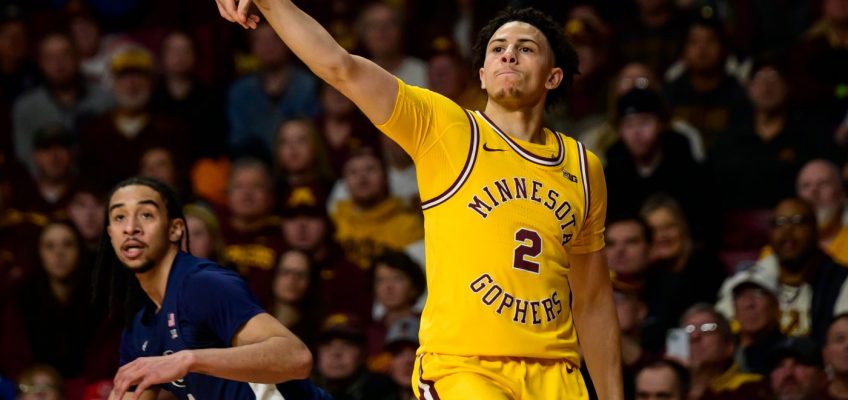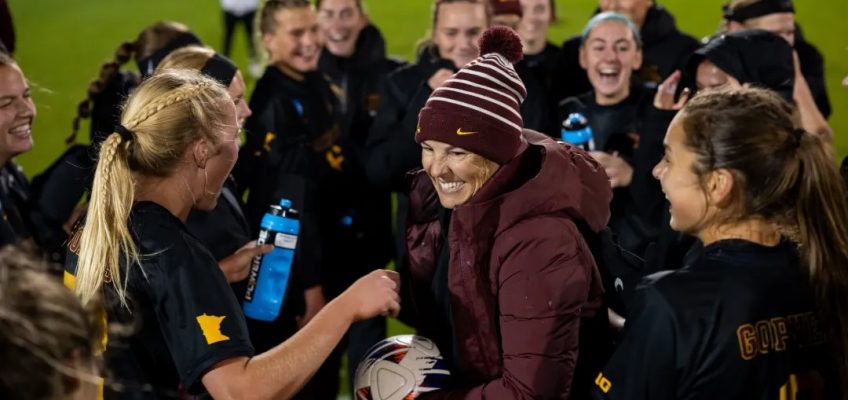FORT MYERS, Fla. — Justin Ishbia may buy a major league baseball team after all. It just won’t be the one that he’s been linked to for months.
After a winter of speculation over whether Ishbia would buy the Minnesota Twins, the billionaire businessman has instead decided to increase his stake in the rival Chicago White Sox and end his pursuit of the Twins, The Athletic reported late Friday night.
Ishbia already is a minority owner of the White Sox and the move could lead to full ownership of the team in the future should longtime majority owner Jerry Reinsdorf decide to sell, The Athletic suggested. Ishbia is a founding partner of a Chicago-based private equity firm and has been building a house along the lakeshore in Chicago’s north suburbs.
But despite his Chicago ties, his name first emerged as a prospective buyer of the Twins in December, a couple months after the Pohlad family announced its intention to explore a sale of the Twins, which it has owned since 1984. To date, Ishbia’s name was the only one that has leaked into the public as a potential buyer of the Twins.
Though he is reportedly no longer involved, a source with knowledge of the situation said there are “more than a handful,” of prospective buyers, noting that a “new party” entered the mix just last week. The process, the source said, is “certainly closer to the end than the beginning.”
“The process goes on,” the source said. “It was never dependent on any one party and it’s going to continue irrespective of any other news.”
The prospect of Ishbia buying the team had been an exciting one to many Twins fans, who pointed to his brother Mat’s aggressive style of ownership of the NBA’s Phoenix Suns as an example of what Justin could do for the Twins. Justin is a part owner of the Suns, as Mat likely would’ve been with the Twins had the brothers taken that route.
Now, it’s possible that they’ll bring that style of ownership to the South Side of Chicago down the line rather than the Twin Cities.
Meanwhile, details about any potential Twins sale have been scarce as the process has unfolded behind the scenes. The Pohlad family announced its intention to explore a sale on Oct. 10, stating in a release that the decision had been made after “months of thoughtful consideration,” and hired New York-based investment bank Allen & Company to facilitate the sale.
“The process is underway and, as expected, there’s significant interest,” outgoing team president and CEO Dave St. Peter said last month. “This is a gem of a franchise, in a great market, in a wonderful ballpark, so it doesn’t really surprise me at all. But there’s also no definitive timetable on the process.”
Related Articles
Twins major leaguers getting first experience with pitch challenge system
After first taste of majors, Twins starter David Festa adds new pitch
Twins Rule 5 Draft pick Eiberson Castellano has unique opportunity in front of him
Twins infielder Edouard Julien out to ‘prove everybody wrong’
Twins reliever Brock Stewart ‘thrilled’ with progress after August surgery




